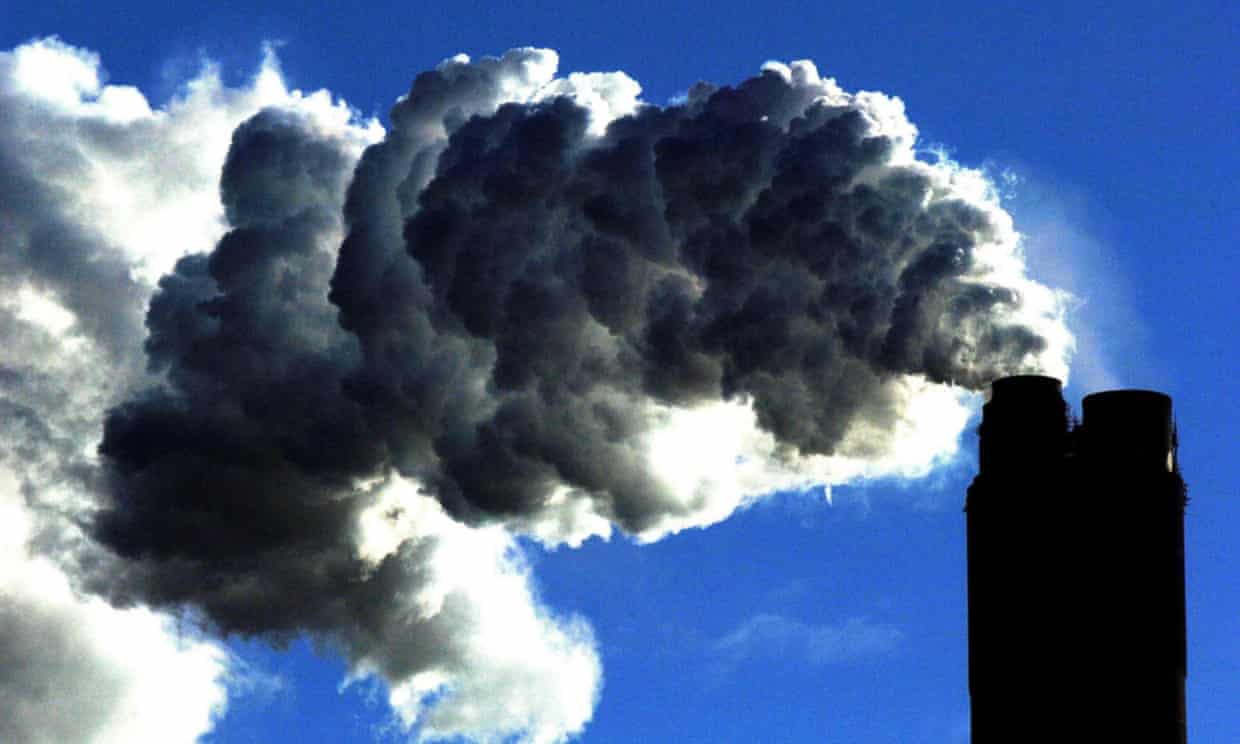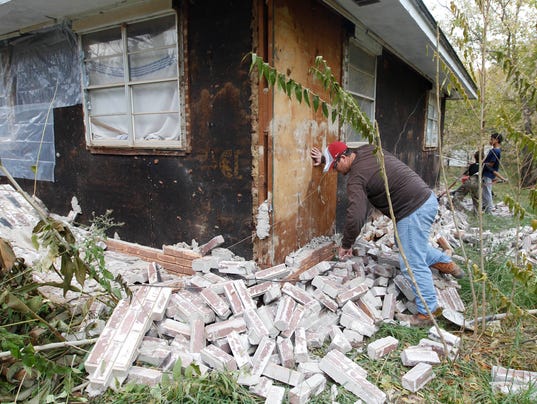 A record fire-storm in Canada fueled by record warmth. Record ice-melt in Greenland and the Arctic sea, driven by off-the-charts warmth in the far north. And, NASA reported Friday, we’ve just been through the hottest April and the hottest January-April on record — by far.
A record fire-storm in Canada fueled by record warmth. Record ice-melt in Greenland and the Arctic sea, driven by off-the-charts warmth in the far north. And, NASA reported Friday, we’ve just been through the hottest April and the hottest January-April on record — by far.
How big a jump was April 2016 compared to the historical record? In an email, Stefan Rahmstorf, Head of Earth System Analysis at the Potsdam Institute for Climate Impact Research, notes that “The margin by which April beats the previous record April is three times larger (0.24 °C) than the margin of any previous record April (biggest was 0.08 °C).”
Also, this has easily been the hottest January-April on record, which isn’t a surprise given that last month’s record was hot on the heels of the hottest March on record by far, which followed the hottest February on record by far, and hottest January on record by far.
We Just Had Our Fourth Record-Breaking Hottest Month In A Row
Australia's "biggest ever environmental disaster"
 The massive bleaching hitting the Great Barrier Reef off the coast of Australia is likely that country's "biggest ever environmental disaster," says Dr. Justin Marshall, who has studied the reef for three decades.
The massive bleaching hitting the Great Barrier Reef off the coast of Australia is likely that country's "biggest ever environmental disaster," says Dr. Justin Marshall, who has studied the reef for three decades.
Only 7 percent of the reef has escaped bleaching, according to researchers at the ARC Center of Excellence. Marshall, a professor at the University of Queensland, says the destructive phenomenon is happening in an area the size of Scotland.
World's carbon dioxide concentration teetering on the point of no return
 The world is hurtling towards an era when global concentrations of carbon dioxide never again dip below the 400 parts per million (ppm) milestone, as two important measuring stations sit on the point of no return.
The world is hurtling towards an era when global concentrations of carbon dioxide never again dip below the 400 parts per million (ppm) milestone, as two important measuring stations sit on the point of no return.
The news comes as one important atmospheric measuring station at Cape Grim in Australia is poised on the verge of 400ppm for the first time. Sitting in a region with stable CO2 concentrations, once that happens, it will never get a reading below 400ppm.
Rising sea levels: five Solomon Islands have disappeared underwater
 Five islands have disappeared in the Pacific's Solomon Islands due to rising sea levels and coastal erosion, according to an Australian study that scientists said Saturday could provide valuable insights for future research.
Five islands have disappeared in the Pacific's Solomon Islands due to rising sea levels and coastal erosion, according to an Australian study that scientists said Saturday could provide valuable insights for future research.
A further six reef islands have been severely eroded in the remote area of the Solomons, the study said, with one experiencing some 10 houses being swept into the sea between 2011 and 2014.
"At least 11 islands across the northern Solomon Islands have either totally disappeared over recent decades or are currently experiencing severe erosion," the study published in Environmental Research Letters said.
March 2016 Smashes Another Monthly Global Warmth Record
Earth's global temperatures in March 2016 set another monthly record, continuing an almost year-long streak of records shattered, according to three recent independent analyes.
The Japan Meteorological Agency (JMA) calculated the global mean March 2016 temperature was 0.62 degrees Celsius (about 1.1 degrees Fahrenheit) above the March 30-year average from 1981-2010.
A second analysis released Friday from NASA's Goddard Institute for Space Studies also concluded March anomalies were the highest in their period of record dating to 1880, a whopping 1.28 degrees Celsius above the 1951-1980 average period.
U.S. Issues New Rules on Offshore Oil and Gas Drilling
 With new offshore rules in place, a U.S. energy group said jobs and safety are at risk, though environmentalists said the BP spill in 2010 was still impactful.
With new offshore rules in place, a U.S. energy group said jobs and safety are at risk, though environmentalists said the BP spill in 2010 was still impactful.
The Interior Department's Bureau of Safety and Environmental Enforcement released new rules aimed at preventing loss of life and environmental harm resulting from a potential failure at an offshore well. Almost six years to the day after the disaster at the Deepwater Horizon rig in the Gulf of Mexico, the government said it was enacting a number of reforms to strengthen offshore oversight.
Millions at risk from man-made earthquakes; fracking primary cause
 California isn't the USA's only earthquake hot-zone anymore.
California isn't the USA's only earthquake hot-zone anymore.
7 million people in the central and eastern U.S. live where damaging man-made earthquakes are likely to occur, according to a first-of-its-kind report released Monday by federal scientists from the U.S. Geological Survey.
Oklahoma, Kansas, Texas, Colorado, New Mexico and Arkansas are the most at-risk states from man-made quakes, according to the report.
More Articles...
Page 19 of 201

 Environmental Glance
Environmental Glance






























